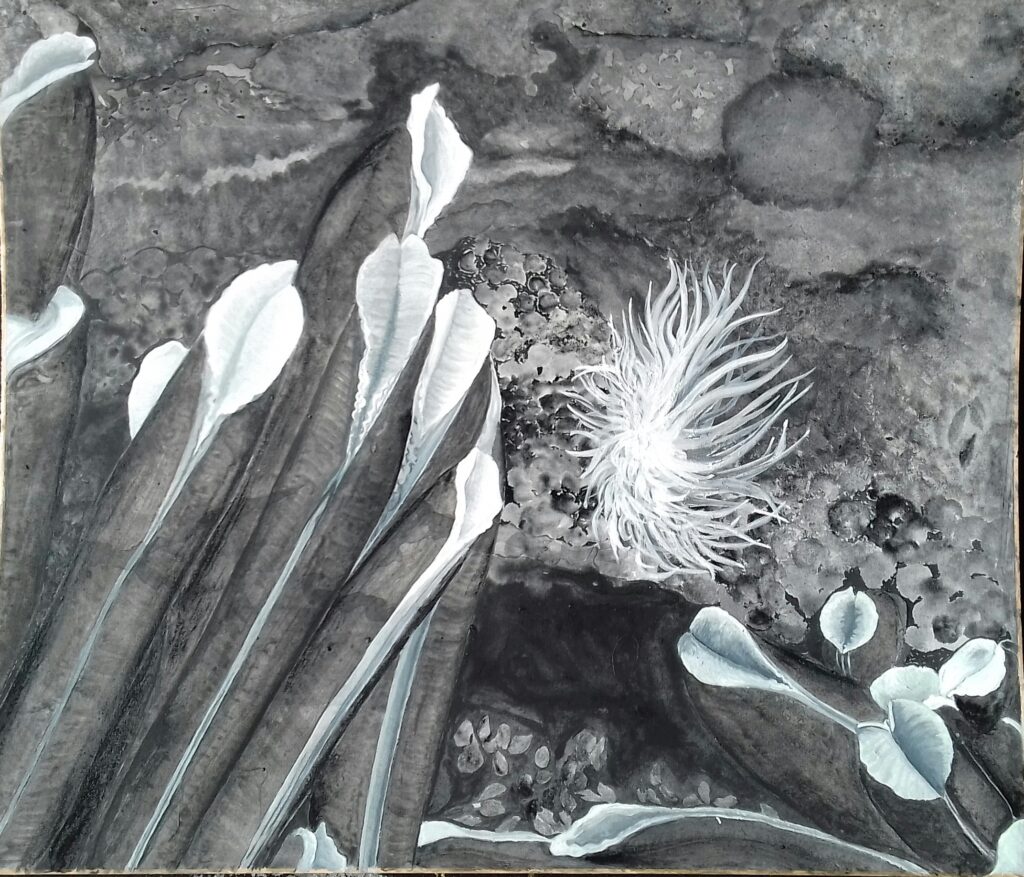DOSI Deep-Sea Round-Up

Riftia. With thanks to Yves Henocque for the artwork. View gallery.
A bumper edition this week with plenty of deep-sea research hitting the headlines. Amongst these is an eagerly-anticipated MIT paper on the impact and scale of deep-sea nodule mining midwater plumes. Also, architects are getting excited about the skeleton of a deep-sea sponge and how it may influence building design, while new research suggests that temperature may be a more important factor than food flux in affecting deep-sea ecosystems under human-induced climate change. And a gutless tube worm gets a highly reported genomic reveal. Other papers consider successful Madrepora oculata colonies in a highly hypoxic OMZ off Angola and the potential of deep coral garden invertebrates and their fungal partners to deliver drug development candidates to treat chronic musculoskeletal diseases. There are plenty of deep-seabed mining papers, including a paper co-authored by DOSI Offshore Energy WG lead Daniel Jones considering the effectiveness of a protected area in the Clarion Clipperton Zone. And on the subject of mining, experts are requested to complete a survey which aims to analyse the impact of the past 20 years in terms of increasing scientific knowledge of the composition, structure, and functioning of the seafloor mineral ecosystems. We could go on but there are too many great items to tick off in this brief summary, so discover these titbits and other fascinating items in the round up below.
CLICK FOR YOUR DEEP-SEA ROUND-UP
SIGN UP NOW – TO GET DEEP-SEA NEWS, EVENTS AND OPPORTUNITIES STRAIGHT TO YOUR INBOX

